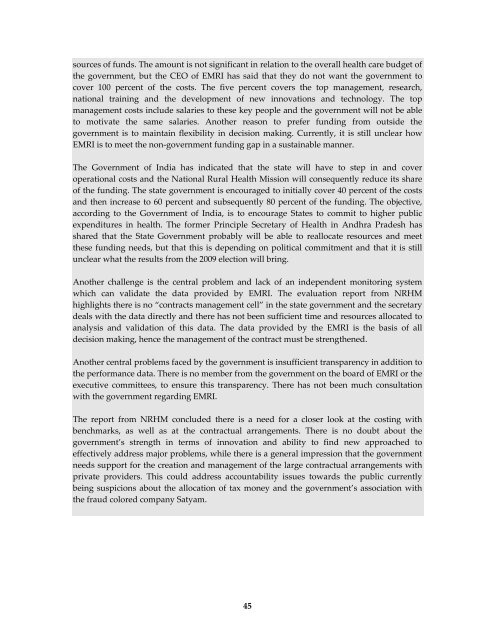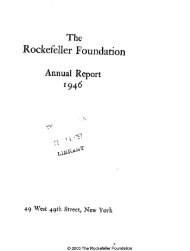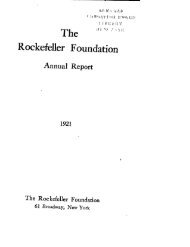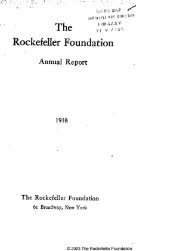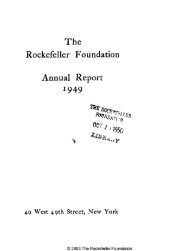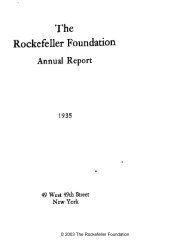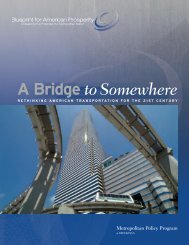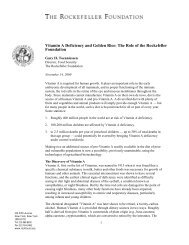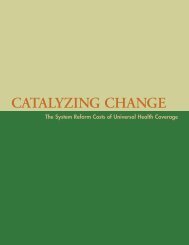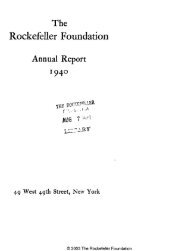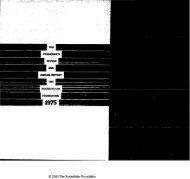Andhra Pradesh Health Sector Reform - A Narrative Case Study
Andhra Pradesh Health Sector Reform - A Narrative Case Study
Andhra Pradesh Health Sector Reform - A Narrative Case Study
You also want an ePaper? Increase the reach of your titles
YUMPU automatically turns print PDFs into web optimized ePapers that Google loves.
sources of funds. The amount is not significant in relation to the overall health care budget of<br />
the government, but the CEO of EMRI has said that they do not want the government to<br />
cover 100 percent of the costs. The five percent covers the top management, research,<br />
national training and the development of new innovations and technology. The top<br />
management costs include salaries to these key people and the government will not be able<br />
to motivate the same salaries. Another reason to prefer funding from outside the<br />
government is to maintain flexibility in decision making. Currently, it is still unclear how<br />
EMRI is to meet the non‐government funding gap in a sustainable manner.<br />
The Government of India has indicated that the state will have to step in and cover<br />
operational costs and the National Rural <strong>Health</strong> Mission will consequently reduce its share<br />
of the funding. The state government is encouraged to initially cover 40 percent of the costs<br />
and then increase to 60 percent and subsequently 80 percent of the funding. The objective,<br />
according to the Government of India, is to encourage States to commit to higher public<br />
expenditures in health. The former Principle Secretary of <strong>Health</strong> in <strong>Andhra</strong> <strong>Pradesh</strong> has<br />
shared that the State Government probably will be able to reallocate resources and meet<br />
these funding needs, but that this is depending on political commitment and that it is still<br />
unclear what the results from the 2009 election will bring.<br />
Another challenge is the central problem and lack of an independent monitoring system<br />
which can validate the data provided by EMRI. The evaluation report from NRHM<br />
highlights there is no “contracts management cell” in the state government and the secretary<br />
deals with the data directly and there has not been sufficient time and resources allocated to<br />
analysis and validation of this data. The data provided by the EMRI is the basis of all<br />
decision making, hence the management of the contract must be strengthened.<br />
Another central problems faced by the government is insufficient transparency in addition to<br />
the performance data. There is no member from the government on the board of EMRI or the<br />
executive committees, to ensure this transparency. There has not been much consultation<br />
with the government regarding EMRI.<br />
The report from NRHM concluded there is a need for a closer look at the costing with<br />
benchmarks, as well as at the contractual arrangements. There is no doubt about the<br />
government’s strength in terms of innovation and ability to find new approached to<br />
effectively address major problems, while there is a general impression that the government<br />
needs support for the creation and management of the large contractual arrangements with<br />
private providers. This could address accountability issues towards the public currently<br />
being suspicions about the allocation of tax money and the government’s association with<br />
the fraud colored company Satyam.<br />
45


